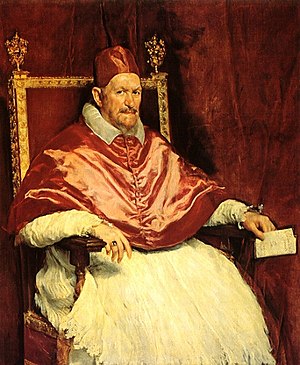The Third of May, 1814
Oil on canvas
268 cm x 347 cm
1. website information 1
2. met museum
3. info site 3
4. Romanticism in Spain
Jenny Holzer
Torso, 2007
10 double-sided, curved electronic LED signs with red and blue diodes on front and blue and white diodes on back Text: U.S. government documents
219.2 x 146.8 x 73.4 cm (86.3 x 57.8 x 28.9 in)
2. met museum
3. info site 3
4. Romanticism in Spain
Jenny Holzer
Torso, 2007
10 double-sided, curved electronic LED signs with red and blue diodes on front and blue and white diodes on back Text: U.S. government documents
219.2 x 146.8 x 73.4 cm (86.3 x 57.8 x 28.9 in)
"Jenny Holzer’s words ask us to consider our thoughts and actions in the world. This essentially humanist and philosophical project encourages us to seek self enlightenment through examining our prejudices, false beliefs, fall back positions, and habits, to reach a new level of tolerance, understanding and self awareness"
- Juliana Engberg, ACCA’s Artistic Director.
- Juliana Engberg, ACCA’s Artistic Director.


.jpg)










